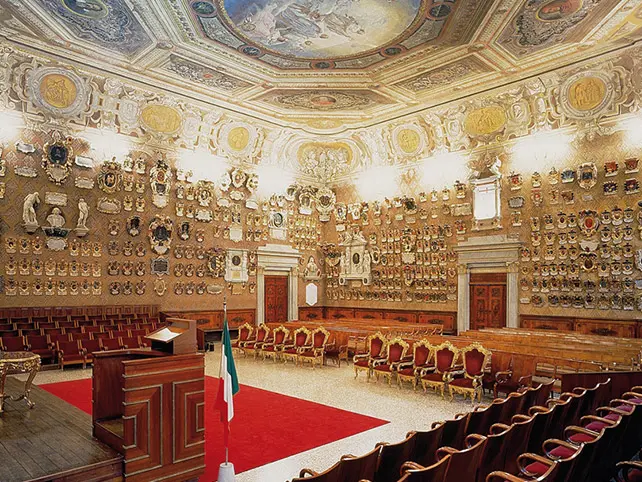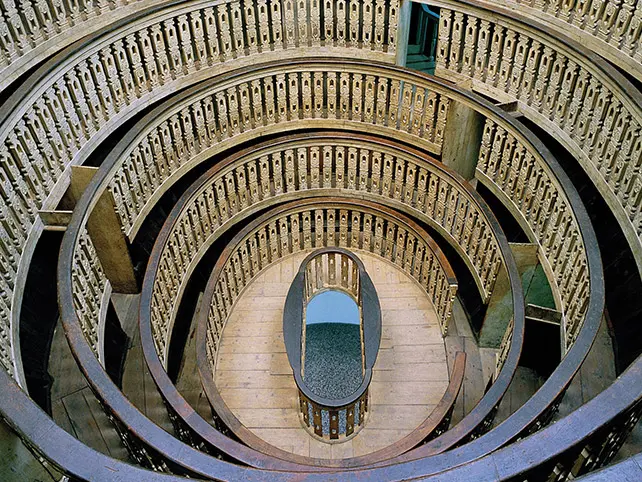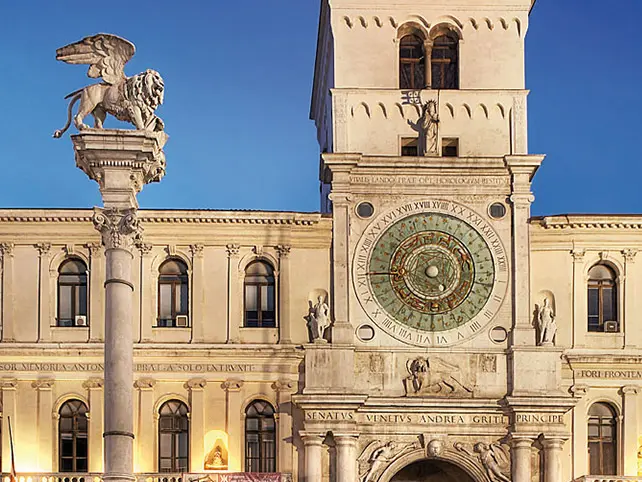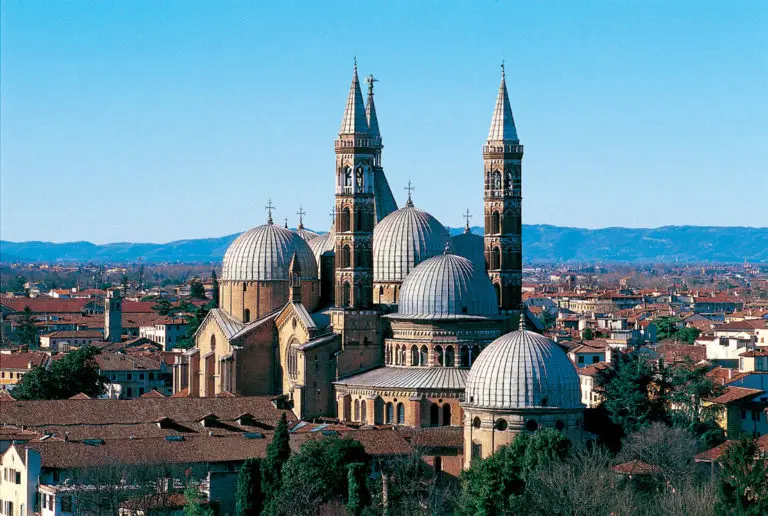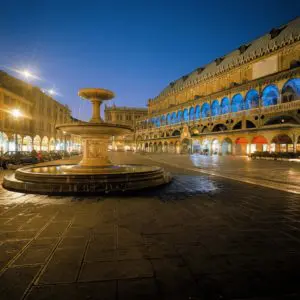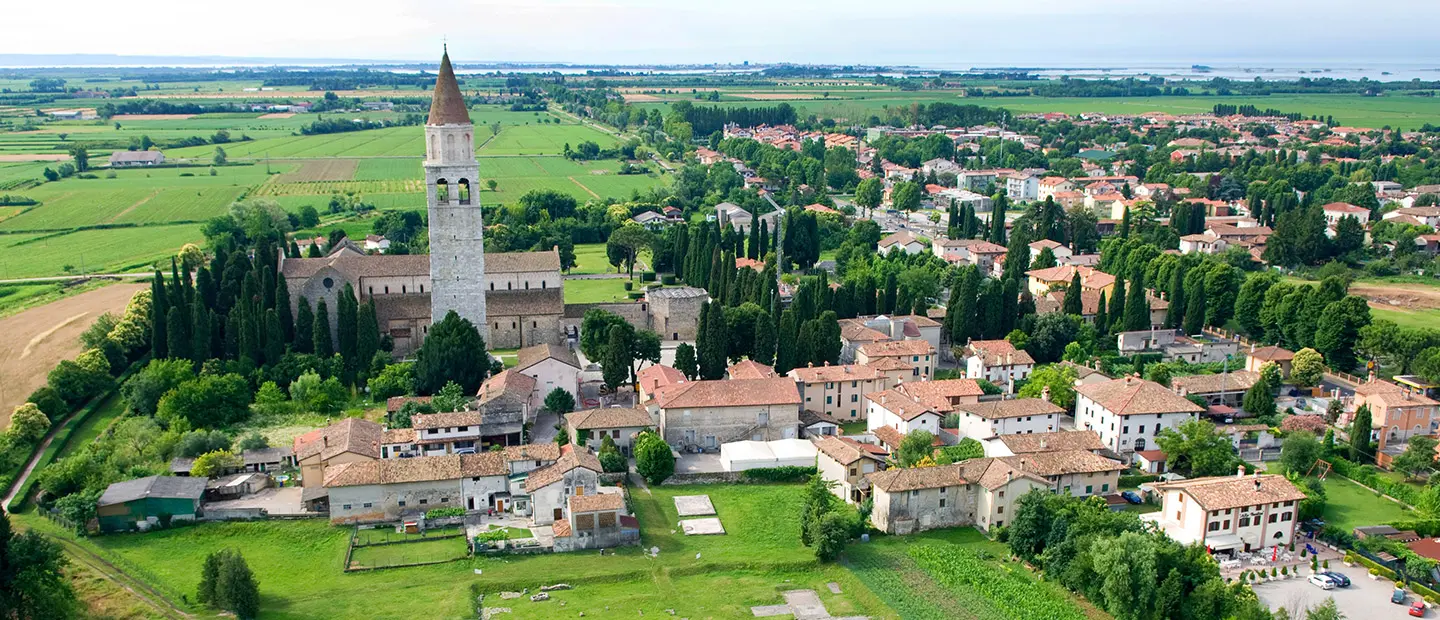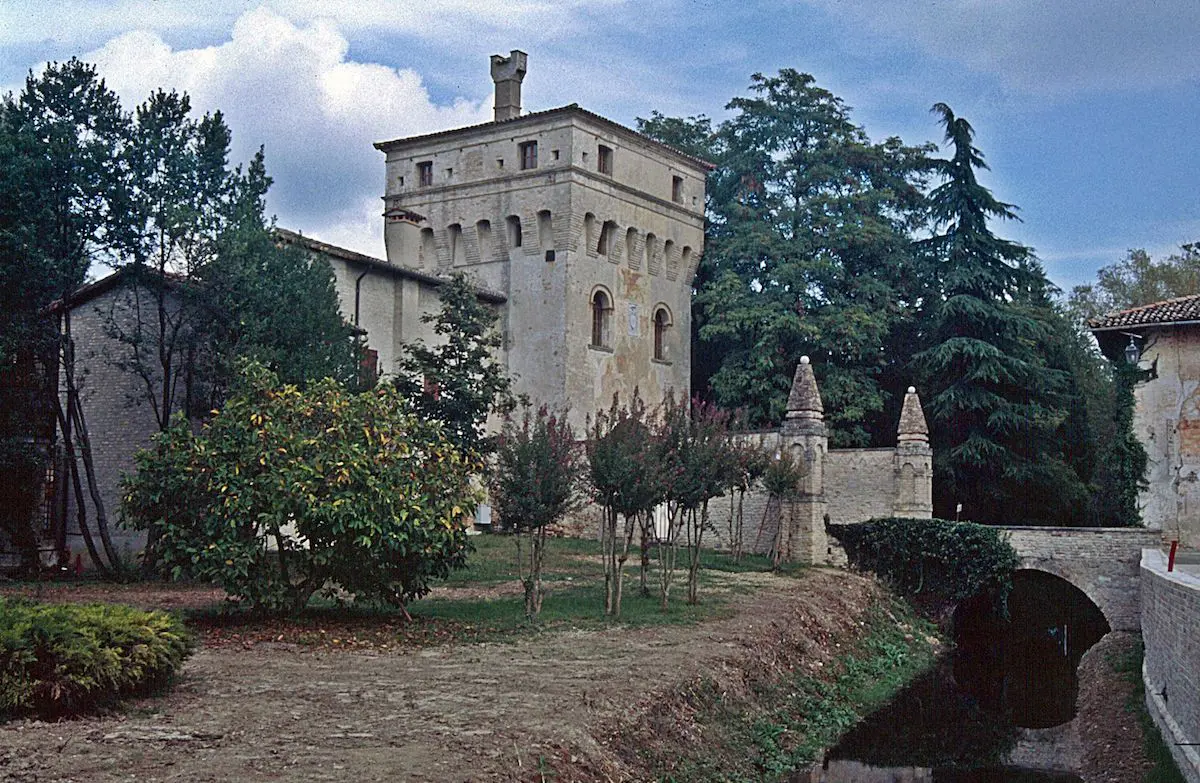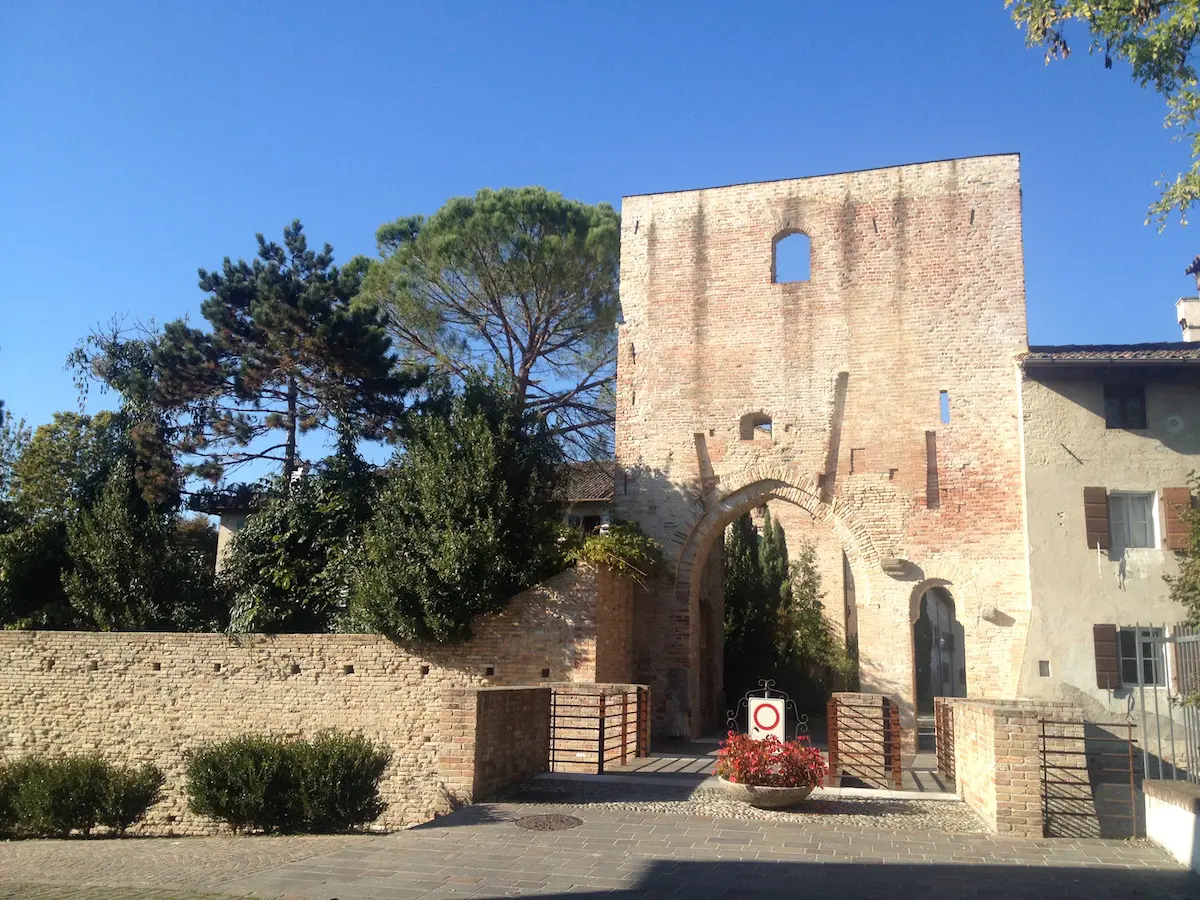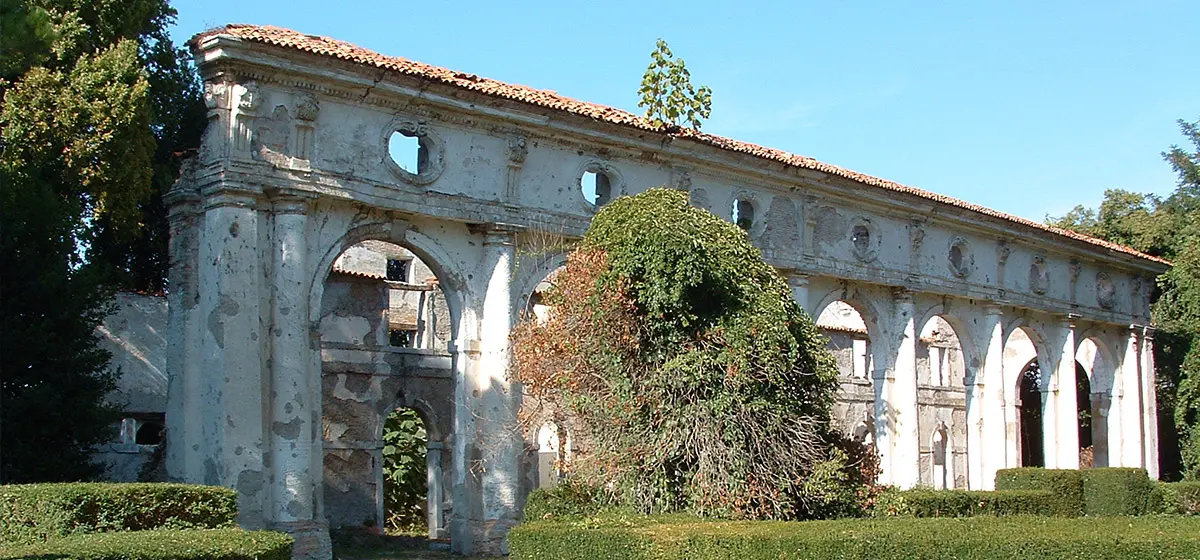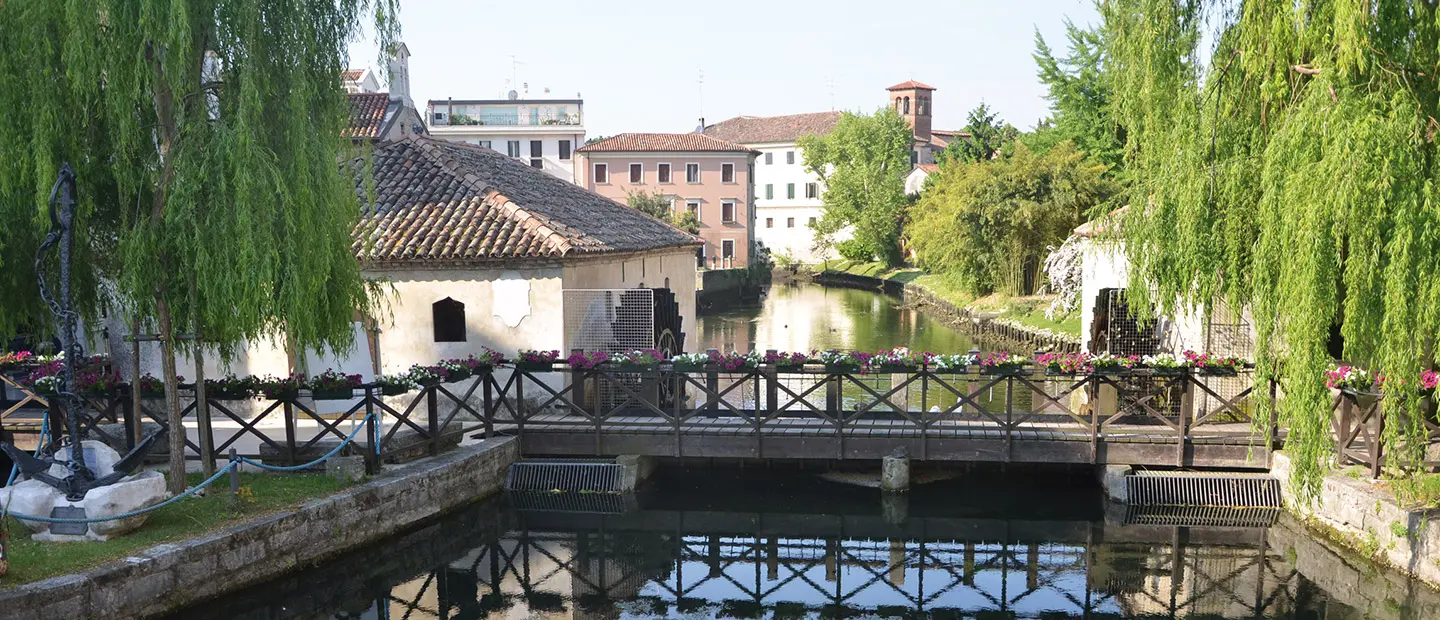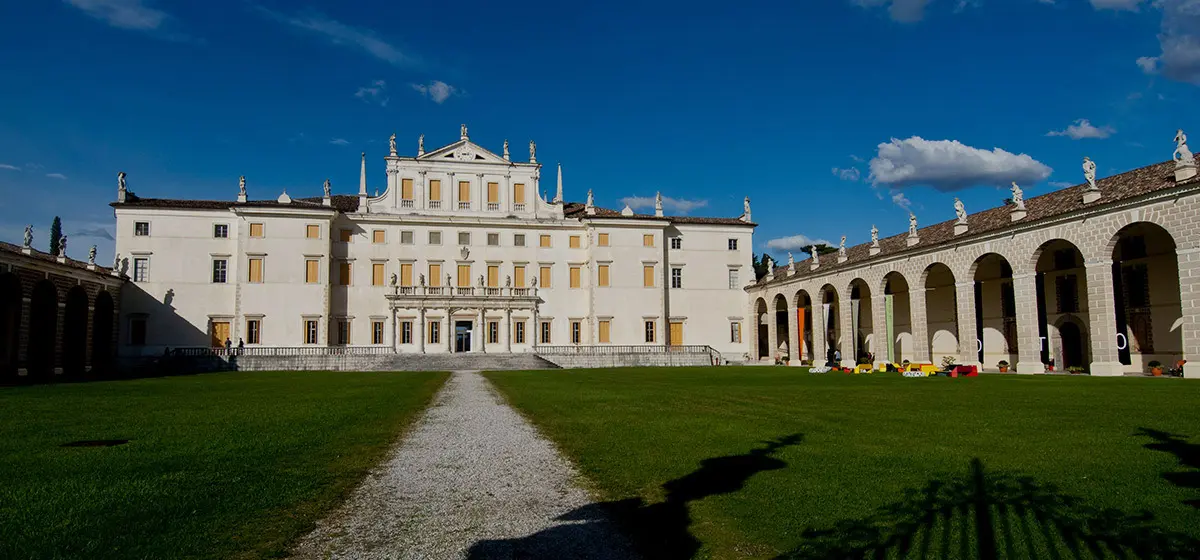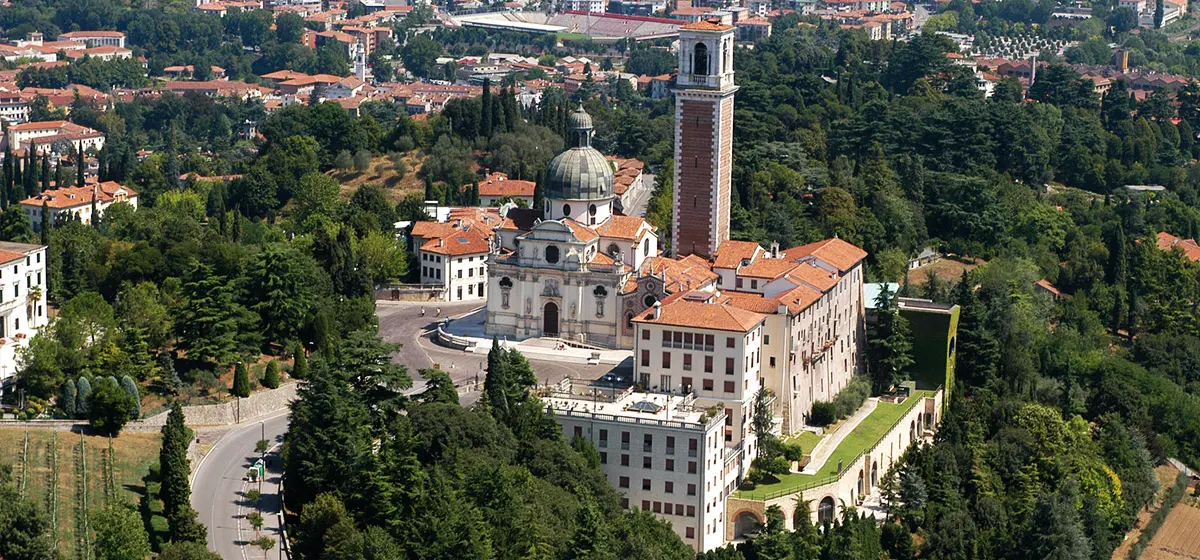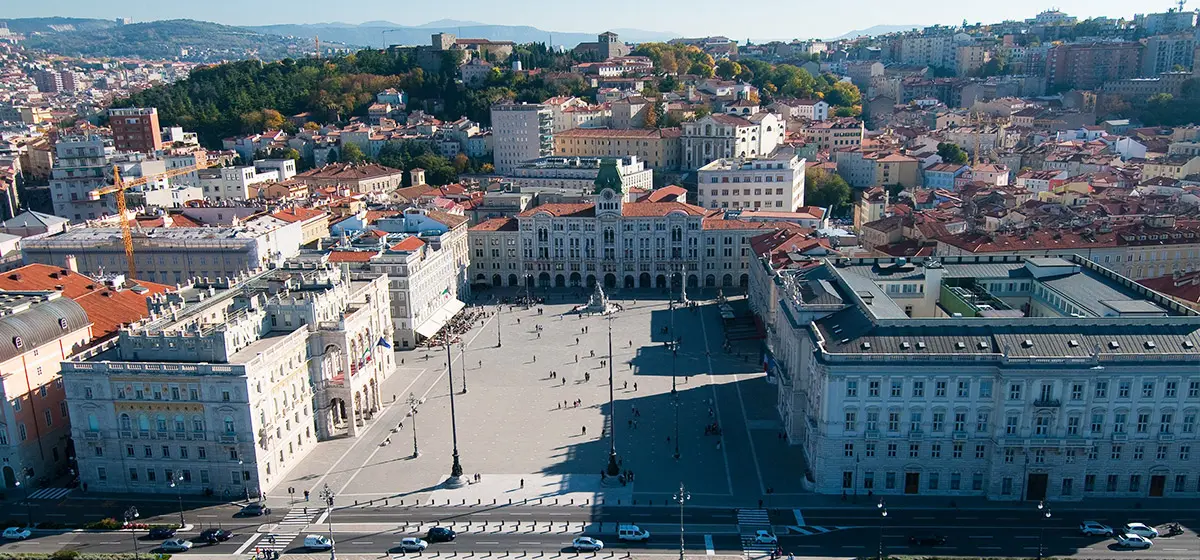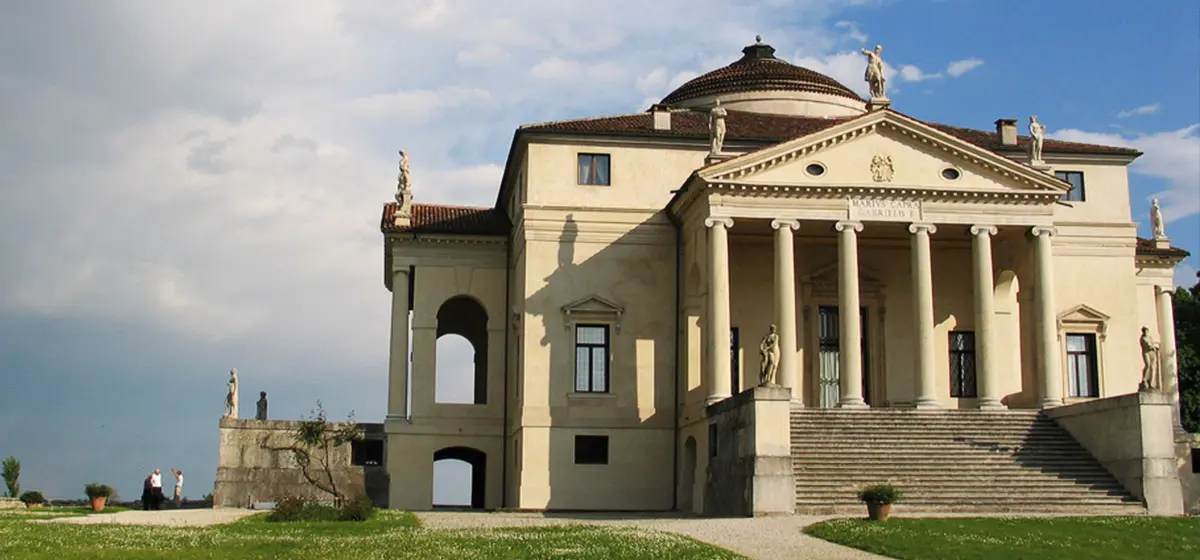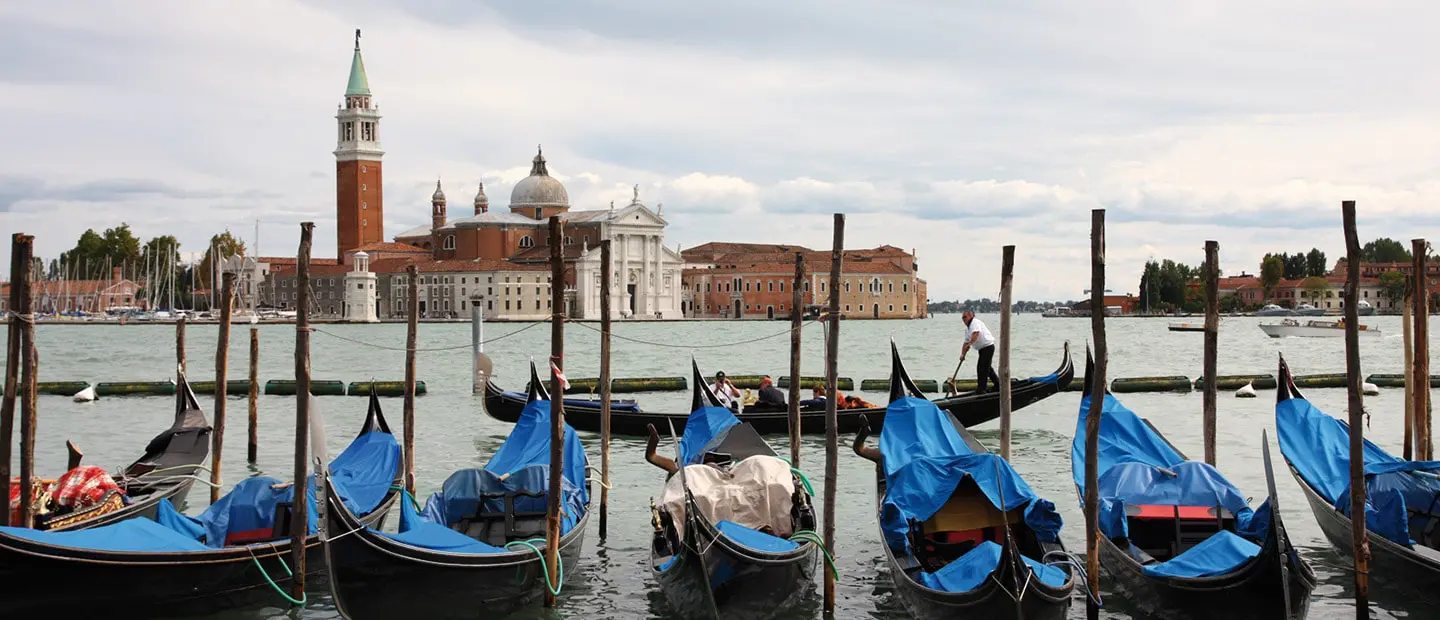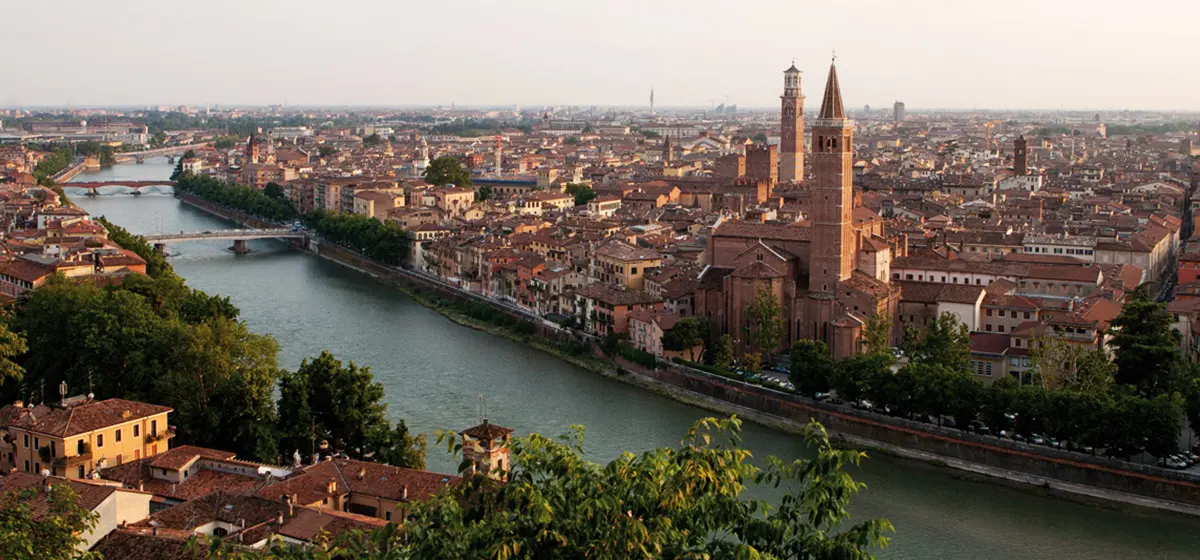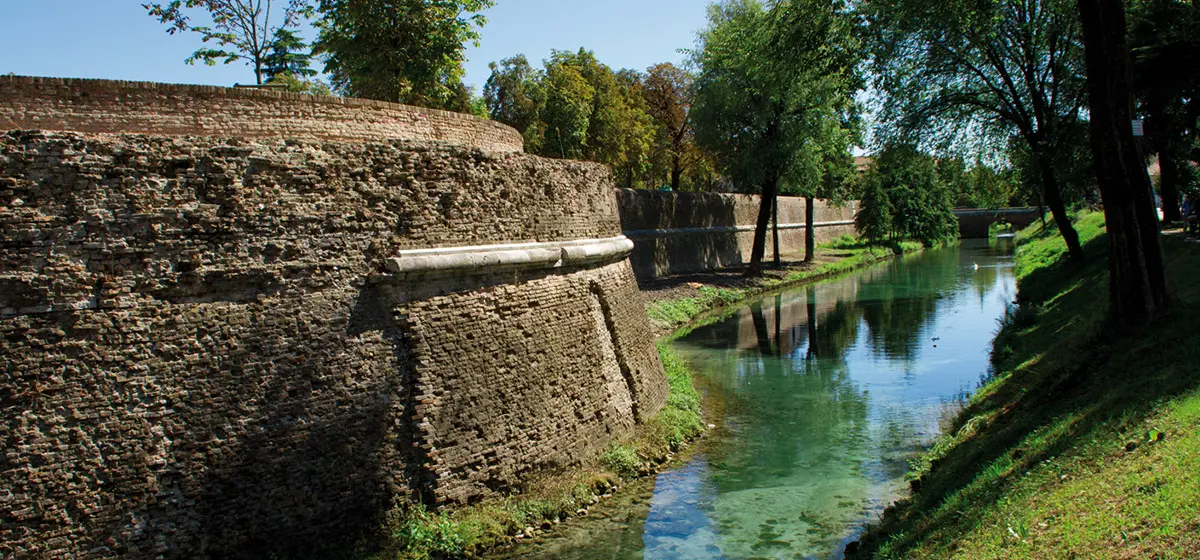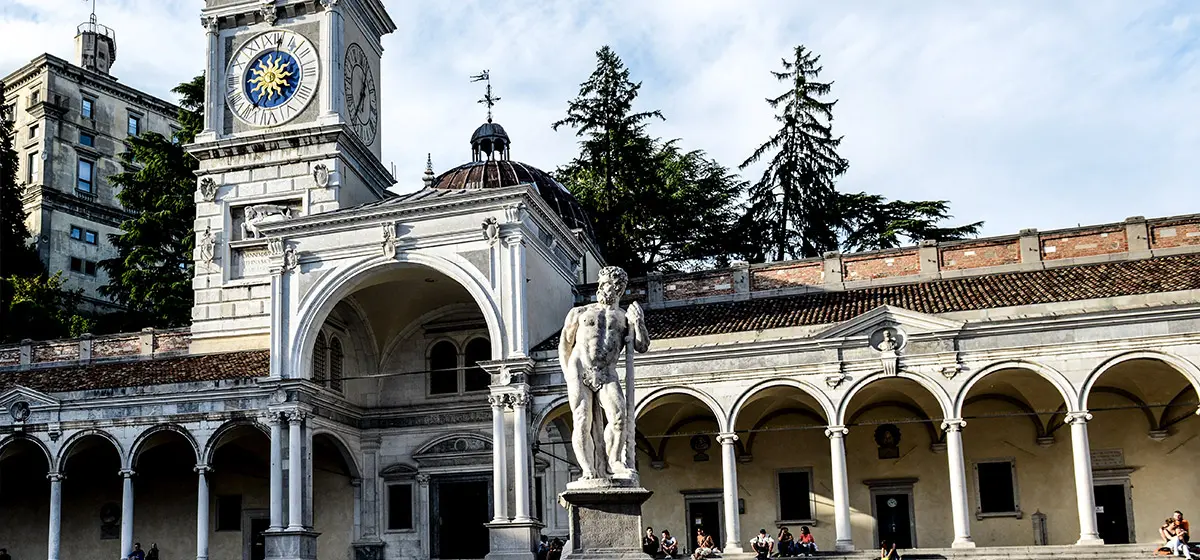Padua
A city that embraces past and present in an extraordinary journey.
Distance Bibione - Padova:
a distance about 135 km, or 1 hour and 40 minutes by car in normal traffic. Leave Bibione on provincial road SP 74 towards the highway. At the end of this road, turn right, cross the bridge over the Tagliamento River, pass the town of Latisana and go to the highway toll booth along state road SS 14. At the toll booth, take highway A4 towards Venice. After about 90 kilometres on the highway, take the Padova Est exit and follow the signs to the city centre. Central Padua is a restricted traffic area (Zona a Traffico Limitatoor ZTL), restricted by electronic devices that read the licence plates on the cars. Driving in the ZTL area is allowed only for cars having a circulation certificate.
Padova, PD, Italia
Photo gallery
Credits: Archivio fotografico Provincia di Padova / M.F. Danesin
Other destinations
Discover enchanting places near Bibione: art, history and natural beauty to explore and admire.







